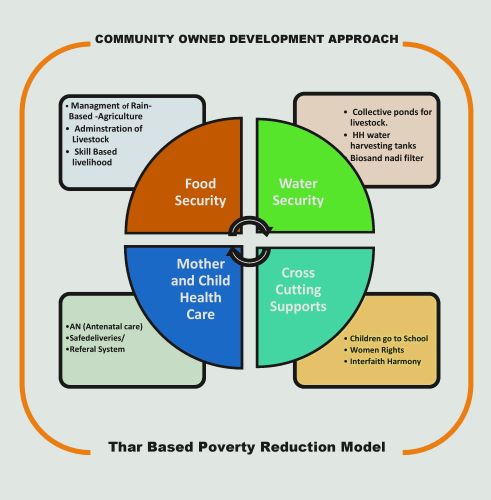
Organizations that have developed an approach or model through trial and error get appreciation and support from the community with whom they have worked
Zaffar Junejo
I am currently in Tharparkar, where John Beaureclerk’s words haunt me. I recall when he said to our writers, who came to attend the Thar Conference organized by Mr. Abdul Qadir Mangi, “You writers glorify Thar’s poverty, but none of you know about people’s sufferings – death due to snake bites, dropouts from school, death in delivery, and the scale of water-borne diseases.” I think John Beaureclerk’s words are still relevant, even though roughly forty years have passed. Presently, many people are visiting Thar and praising its natural beauty and landscape, but none of them consider its sustainability and re-enrichment. On the contrary, Thar-based NGOs lack a contextual development approach, visionary leadership, and a clear-cut graduation plan. One must clearly understand that having a model or working through an approach is not an alien idea or an external phenomenon. Simply put, it is a reflection on one’s work, and ultimately leads to some lessons learned. Scrutinizing these lessons paves the way towards a development approach or a grass-root-level evolved model.
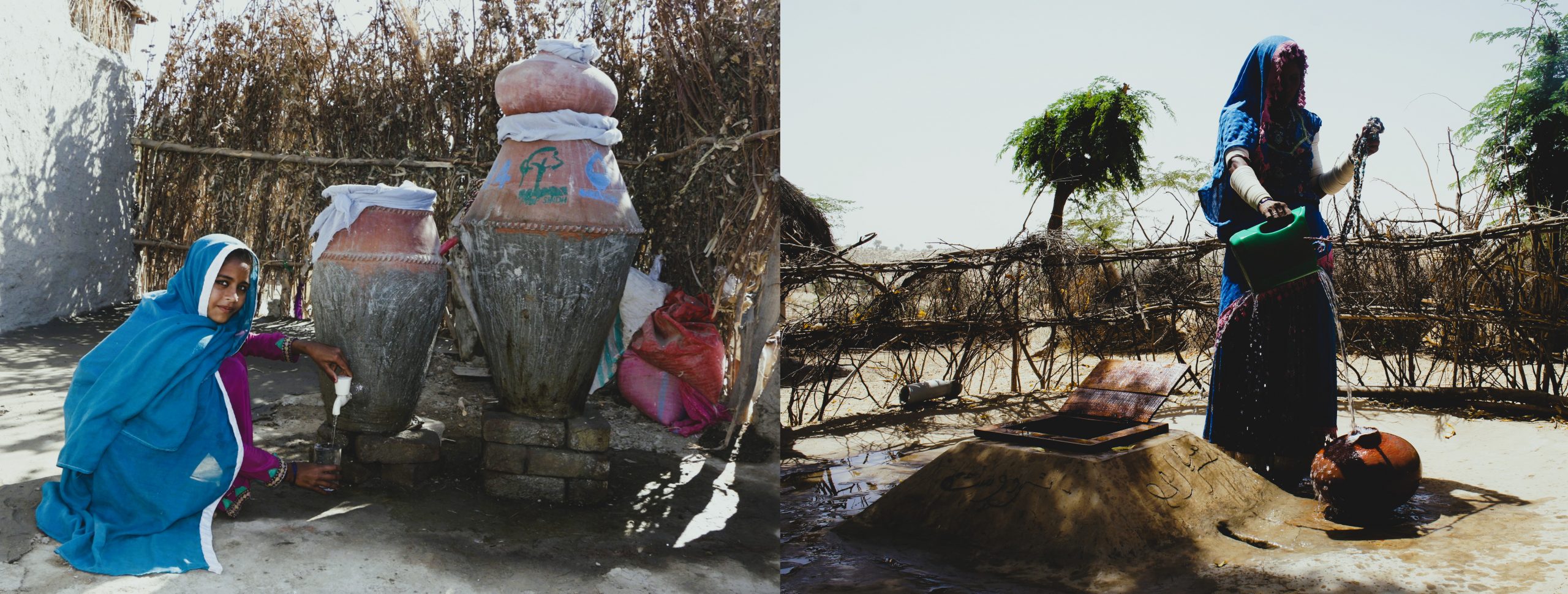
Encouragingly, we can list many models in South Asia, and all of them have evolved in practice. For instance, the Sharmadana Movement in Sri Lanka spent decades in villages and came up with an approach that possessed universal implementation characteristics. If we unpack this model, we would learn that it contains five layers: setting up volunteers’ camps in the village, forming groups, listing institutions, chalk out income and employment, and supporting other village communities. Likewise, many development organizations in Bangladesh work through a well-tested approach or model. In most cases, these models are the outcome of their implemented programs. For example, the success of the Bangladesh Rural Advancement Committee (BRAC) and Grameen Bank is the result of having a time-tested approach.
Instead of the people, organizations become important, and their key leaders think and act like brokers rather than community leaders
Similarly, in Pakistan, the National Rural Support Program (NRSP) also works through its evolved approach. The key aspects of its approach entail being a support organization that organizes rural communities, helps them develop their capital base through savings and credit interventions, acquires skills, and gets benefits from government services and other resource providers.
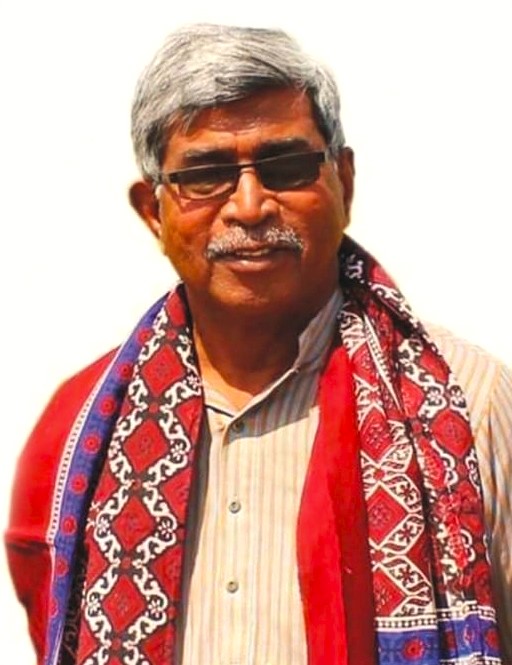
As I mentioned earlier, I am in Islamkot. While leaving the area and reaching the metallic link road, I saw a signboard of an NGO with a lettering of the Participatory Village Development Program (PVDP). I stopped and went to meet its officials. There, I met Mr. Dominic Stephan, who was of quite an advanced age, but alert and present. After exchanging pleasantries, I asked him about his NGO’s work. He told me that it has been active in Thar for the last twenty-five years, and its programs roam around the natural resources and ecology of Thar. He explained it is very fragile and sensitive. My next blunt question was about his model/approach to development. He reflected for a while, drew on his old worn-out notebook, and explained that their organization’s first prerequisite is that development is contextual and should not be beyond people’s experiences. After a while, he told me that his long work has taught him some lessons, and he has documented these learnings in an approach. He calls his approach “Thar-based, community-managed, poverty-reduction model.” I asked him to unpack it, and he reiterated that development is context-oriented, so all approaches or models should be rooted in ground realities, and address peoples’ needs, not perceived needs of NGO people of donors. After that preamble, he told me that the model has four basic blocks: Food Security, Livelihood Management, Water Security, and Mother and Child Healthcare. These blocks are supported by Cross-Cutting Support, which includes regular schools with full attendance, respect for women as full human beings and citizens, productive engagement of youth, priority to climate change adaptation, and interfaith harmony. He was too engrossed in explaining his evolved model, but I asked him who would manage this model. He looked at me, smiled, and confidently said, “The community will manage it, because all activities fall into their routine lives.” I asked another question about the areas of community involvement, to which he replied that it depends on the nature and size of the settlement/village. However, some common responsibility areas in Thar could be awareness-raising, information-sharing, collective decision-making, networking with public service departments, and managing village-based interventions that fall into areas of agriculture, livestock, health, and education departments as well as National Database & Registration Authority (NADRA). I thanked him for his time and asked him to allow me to write about PVDP’s evolved model. He permitted and said it’s the people’s property, and it should be copied and propagated. However, he added that its implementation mechanism is contextual. Therefore, someone who intends to implement it, then he/she has to modify it according to his/ her context or area.

Certain organizations justify corrupt practices and sooner or later challenge their own reasons for existing
As I left his office, I wondered what would happen of those organizations, which implement their programs without a well-thought-out development approach. I thought for a while and realized that there is no dearth of literature about this particular question. Immediately, I recalled an old reading that in such specific situation, organizations that work without a model ultimately face these challenges: a) organizations/NGOs wouldn’t get an identity, b) they will always change their visions and missions, c) their staff will never acquire a standard set of skills and always be poor in arguments, d) they will become victims of donor-dependency and f) The community always takes a back seat in their development programs. Let me recall my conversation with Dr. AT Aryaratne, the founder of Sravodaya Sharmadana (Sri Lanka) in this regard. He told me that development without a particular frame or approach is like throwing away resources or having a boat without a rudder. He added that gradually, instead of the people, organizations become important, and their key leaders think and act like brokers rather than community leaders. At the end, the organization’s overall culture looks like a culture of a contractual outlet. Sadly, such organizations justify corrupt practices and sooner or later challenge their own reasons for existing.
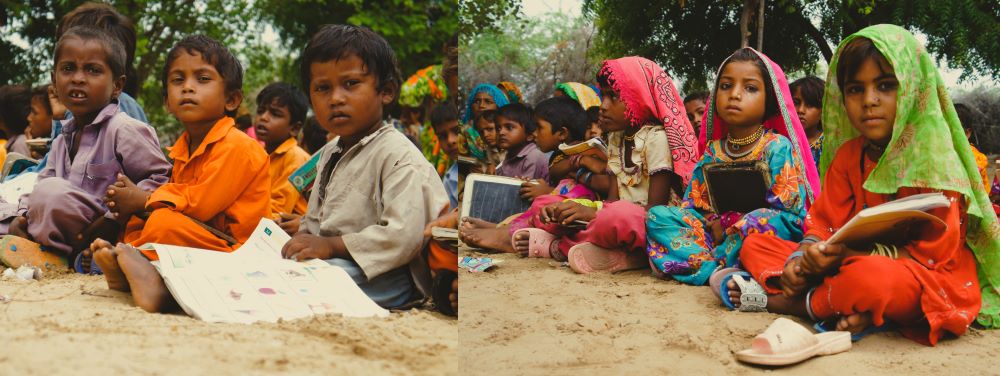
On the other hand, organizations that have developed an approach or model through trial and error get appreciation and support from the community with whom they have worked. I believe PVDP is one of them.
_________________
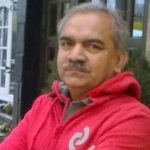 Dr. Zaffar Junejo is a Development Professional and a Research Scholar, having earned Doctorate from the Department of History University of Malaya, Malaysia. Mr. Junejo apart from scholarly contribution also writes for popular media. He could be accessed at: Email junejozi@gmail.com, Cell/WhatsApp +92 334 045 5333 Skype Zaffar.Junejo Facebook facebook.com/zaffar.junejo
Dr. Zaffar Junejo is a Development Professional and a Research Scholar, having earned Doctorate from the Department of History University of Malaya, Malaysia. Mr. Junejo apart from scholarly contribution also writes for popular media. He could be accessed at: Email junejozi@gmail.com, Cell/WhatsApp +92 334 045 5333 Skype Zaffar.Junejo Facebook facebook.com/zaffar.junejo
Having a boat without a rudder
Indeed it is a great honor to read your write-up, Thanks for exploring the harsh realities faced by the people of my Thar. You very rightly pointed out that Thar’s sustainability and re-enrichment are overlooked and everyone is interested in their own gains and self-praise. It is true that since communities are not consulted for their own development, the majority of Thar-based NGOS lost contextual development approaches, visionary leadership, and clear-cut graduation plans.
Anything which is rooted in ground realities and addresses the genuine needs of the people, focusing on four basic blocks: Food Security, Livelihood Management, Water Security, and Mother and Child Healthcare, with support from Cross-Cutting Activities, will certainly help the miseries of common people and benefit those who really want to be known as service providers. Thank you for reminding us “that true progress comes not just from admiring the natural beauty of a region but from empowering its people and nurturing their well-being”.